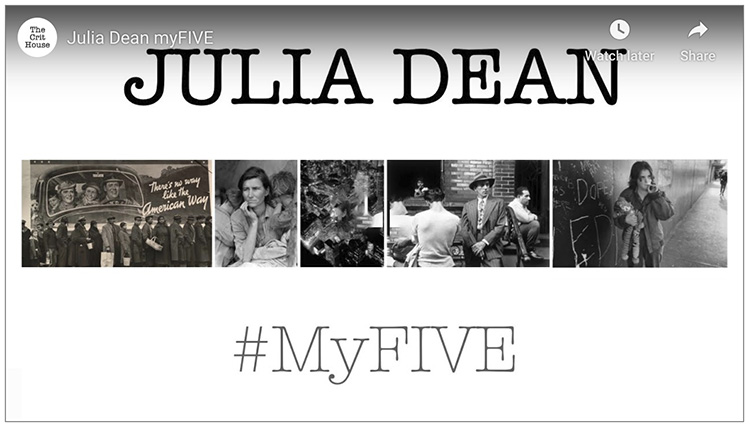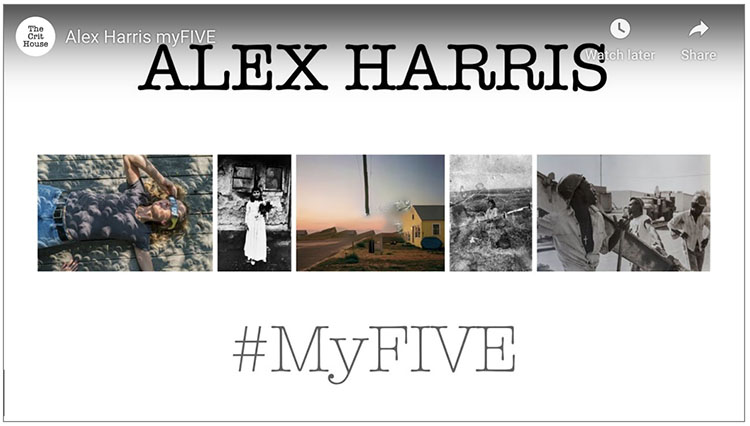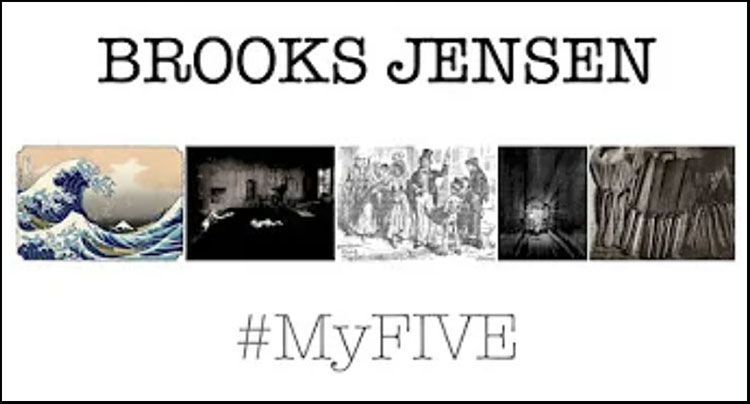Ariel Meyerowitz’s Top Five Influences
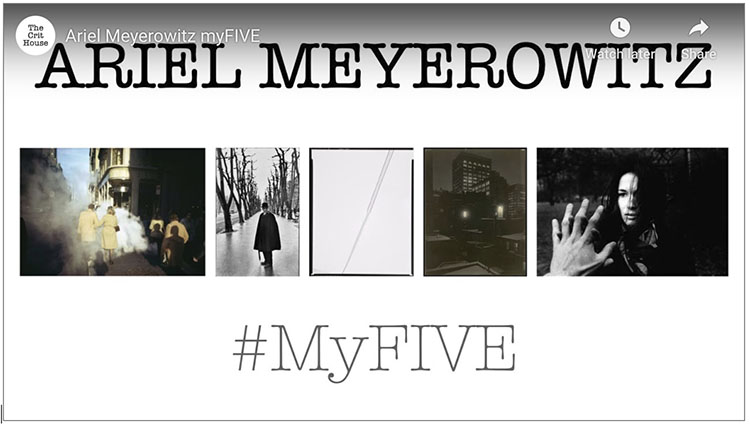
Ariel Meyerowitz shares 5 photographs that influenced his creative journey.
.

Ariel Meyerowitz shares 5 photographs that influenced his creative journey.
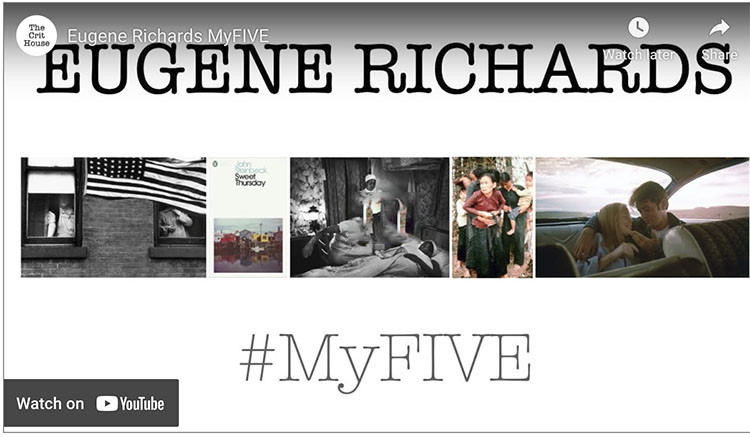
Eugene Richards shares 5 photographs that influenced his creative journey.
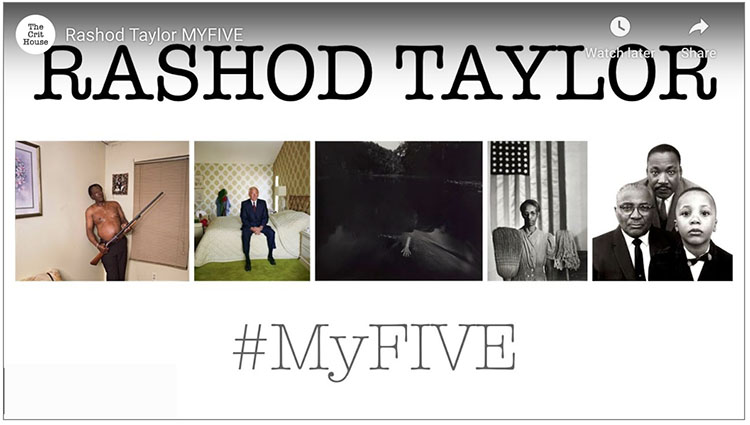
Rashod Taylor shares 5 photographs that influenced his creative journey.
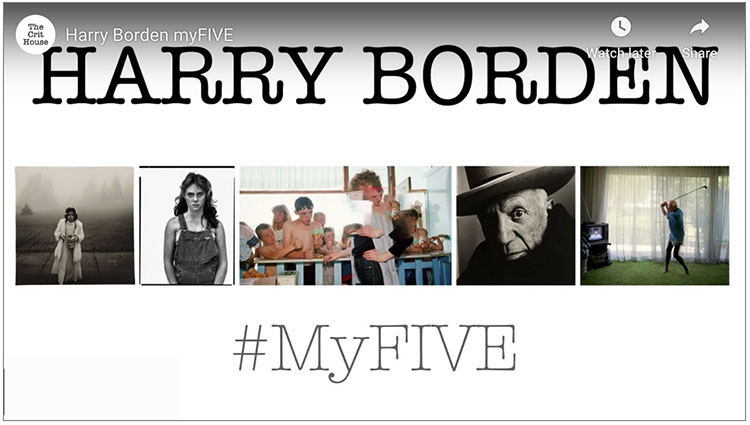
Harry Borden shares 5 photographs that influenced his creative journey.
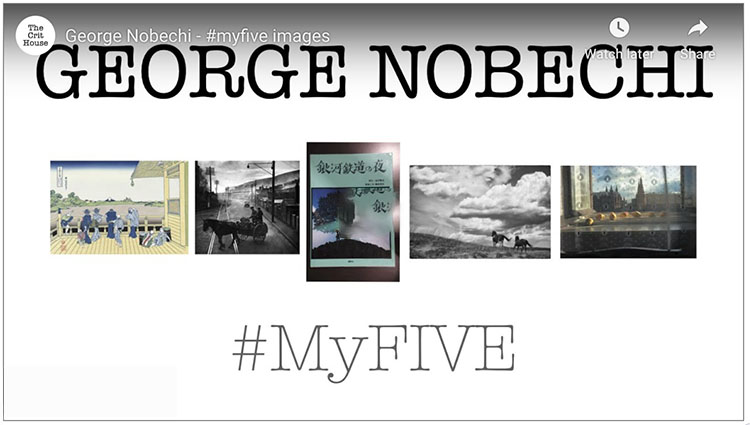
George Nobechi shares five photographs that influenced his creative journey.
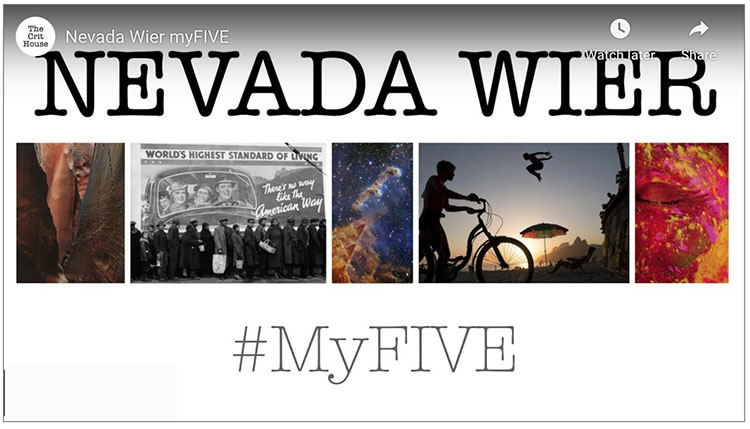
Nevada Wier shares five photographs that influenced her creative journey.
Tabitha Soren shares 5 photographs that influenced her creative journey.
